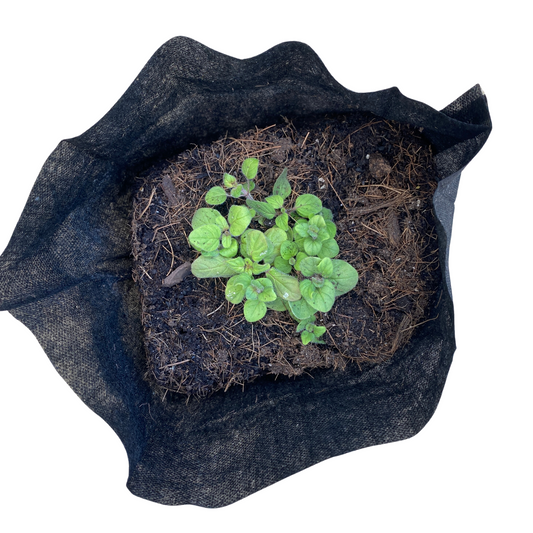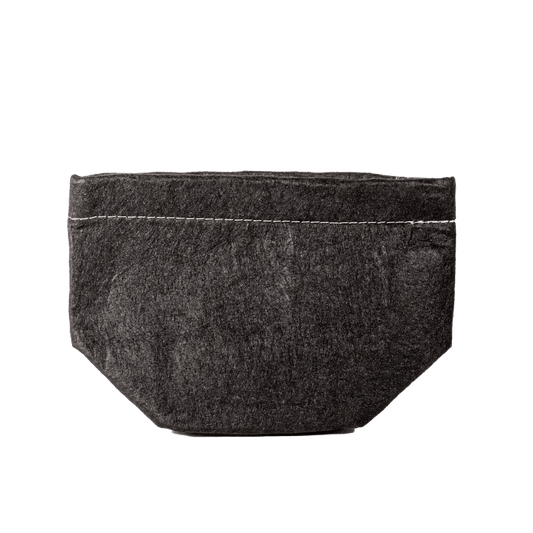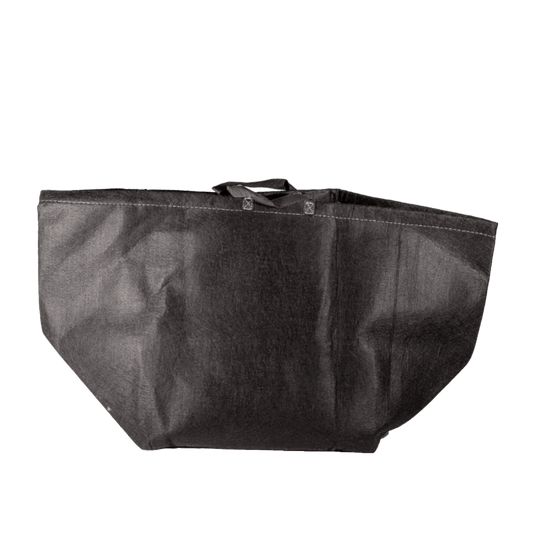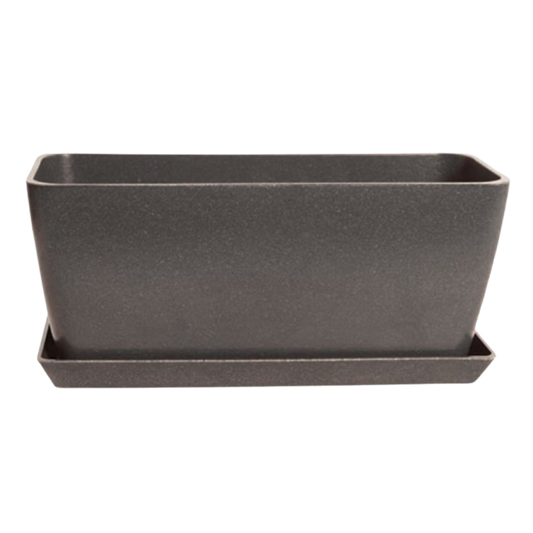Calendula
Calendula
10-12 Weeks Mature
Free Shipping for 12+ Seedlings
Calendula is a 2" organically grown edible flower with bright orange or yellow petals and healing properties. It thrives in grow pots, containers, and planted walls—bringing cheerful color and beneficial compounds to your garden.
Rich in flavonoids, calendula is edible and used in salves, teas, and natural skincare.
Fun Fact: Also called “pot marigold,” calendula has been used in herbal remedies since ancient Greece and India.
Organically grown and shipped with care—ready to brighten your meals and your wellness routine.
Growth Timeline
Growth Timeline
- Growing Season: Most herbs and flowers have a peak growing season that starts in Spring and extends through Fall. Some herbs, such as parsley and cilantro, continue to thrive outside of these seasons. Most herbs can survive year-round. However, they will be dormant during the mild winter months.
- First Harvest: Herbs grow slower and can take 1-2 months to get to a harvesting stage. Take frequent cuttings once reaching this point for the longevity of the plant.
- Final Harvest: Herbs will last easily through a season. Many varieties are perennials and will become dormant in the winter before popping back into action in the spring.
Growing Zone
Growing Zone
Most Herbs prefer warmer temperatures and will be dormant or grow very slowly in the winter. There are different edible floral varieties that grow throughout the seasons. Be aware of the extreme temperature ranges in your region:
COLD CLIMATES
- If you live in a location where the temperatures dip below freezing, then you will want to wait to grow herbs until night temperatures are in the 50's consistently.
- On the occasional dips into the 40's or 30's, you can cover your seedlings with a sheet overnight.
WARM CLIMATES:
- Herbs do just fine in the heat!
To find out what extreme temperatures your location experiences, check out the USDA zone for your region.
More Herb & Floral Tips
More Herb & Floral Tips
- Best Planted Wall Placement: It's best to place them at the bottom where they'll get last dibs on the water. They also tend to grow larger and trail so near the bottom is best.
- Watering: Herbs don't need as much water as lettuce and leafy greens. In fact, most varieties like to dry out in between watering.
Couldn't load pickup availability
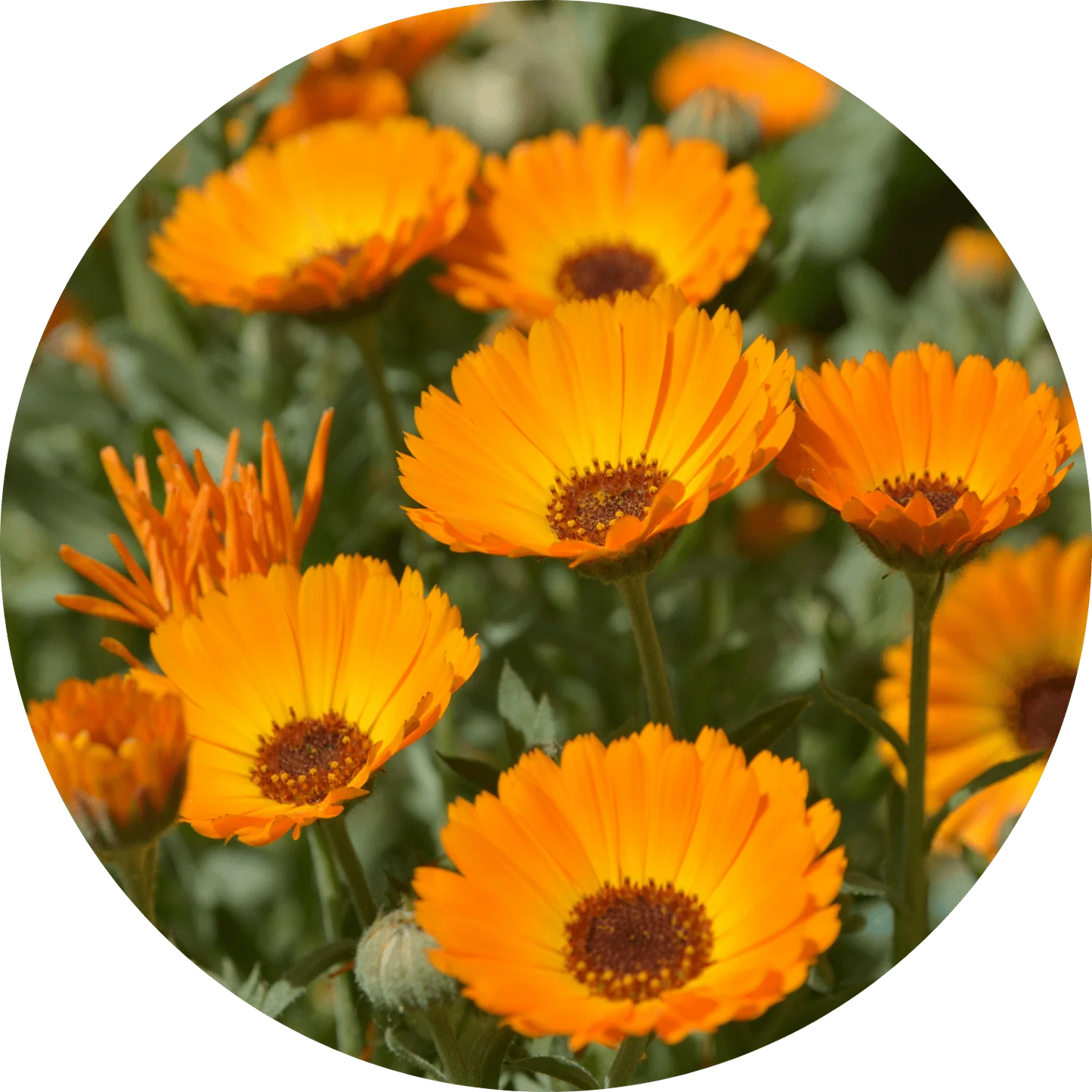
We take great care to ensure our seedlings are healthy and well-established before they’re shipped. We pre-germinate the organic seeds and grow herbs up to 10-12 weeks before shipping them as young plants. Seedlings typically arrive within 1-4 days. For more information, see our shipping policy.
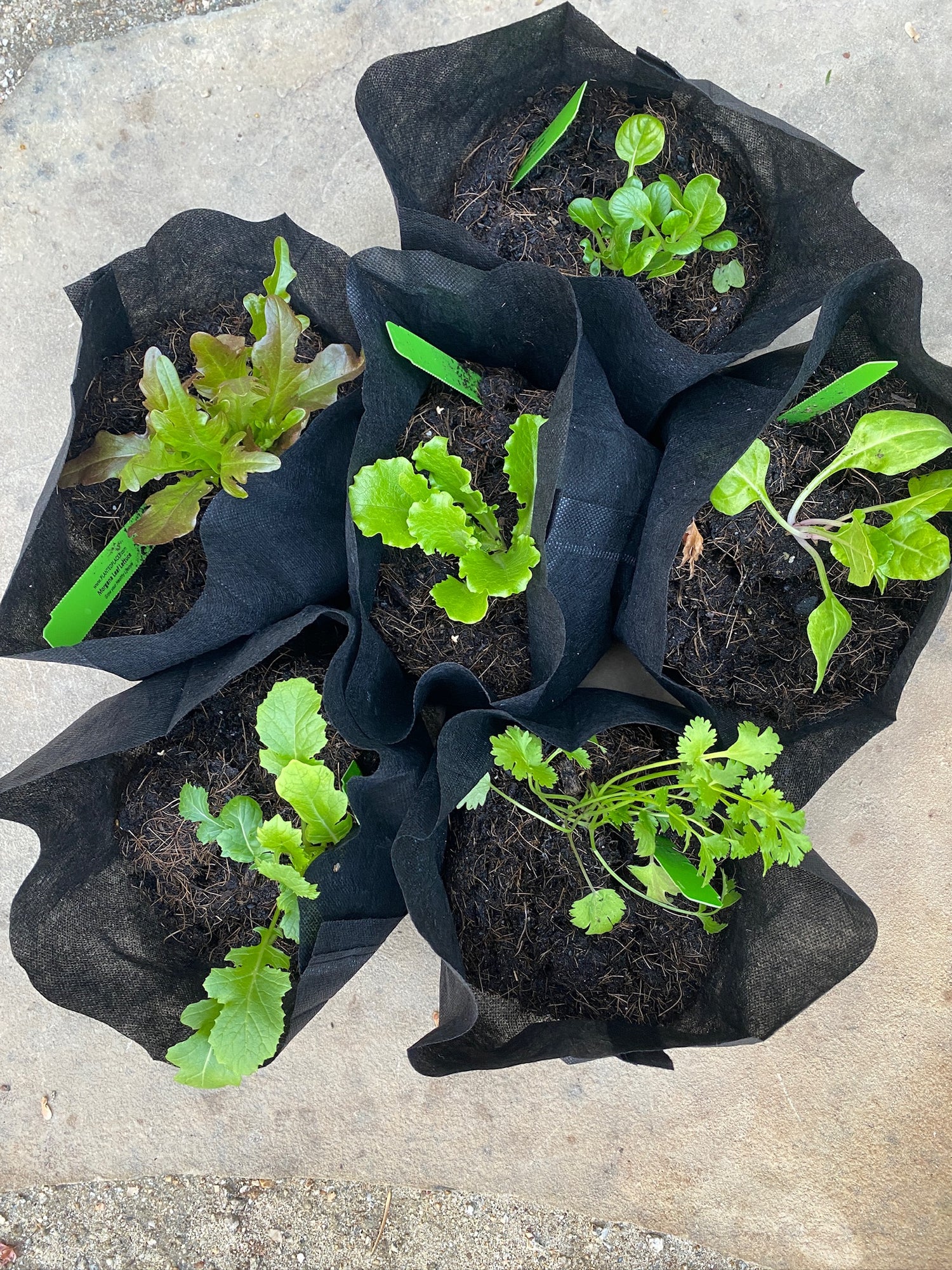
No Time to Plant?
We'll handle the planting for you! Select the "Pre-Plant" checkbox on your seedlings in the cart, and they will arrive already rooted in soil and biodegradable bags, designed to fit perfectly into your Planted Wall or container pots. Learn more below!
More for your seedling:
-
1 Gallon Biodegradable Nursery Bags (Pack of 6)
Regular price $5.99Regular priceUnit price / per -
1/2 Gallon Grow Pots - Pack of 6
Regular price $15.00Regular priceUnit price / per -
1/4 Gallon Grow Pots - Pack of 2
Regular price $5.00Regular priceUnit price / per -
7 Gallon Grow Pot
Regular price $10.00Regular priceUnit price / per -
15 Gallon Grow Pot
Regular price $15.00Regular priceUnit price / per -
12 Pocket Felt Vertical Garden Planter
Regular price $185.00Regular priceUnit price / per -
Eco-Pot Window Box
Regular price $21.00Regular priceUnit price / per -
Eco-Pot Trio Box
Regular price $21.00Regular priceUnit price / per -
7" Eco Pot – Mocha
Regular price $15.00Regular priceUnit price / per -
6.75" Eco Pot Saucer – Mocha
Regular price $3.00Regular priceUnit price / per


